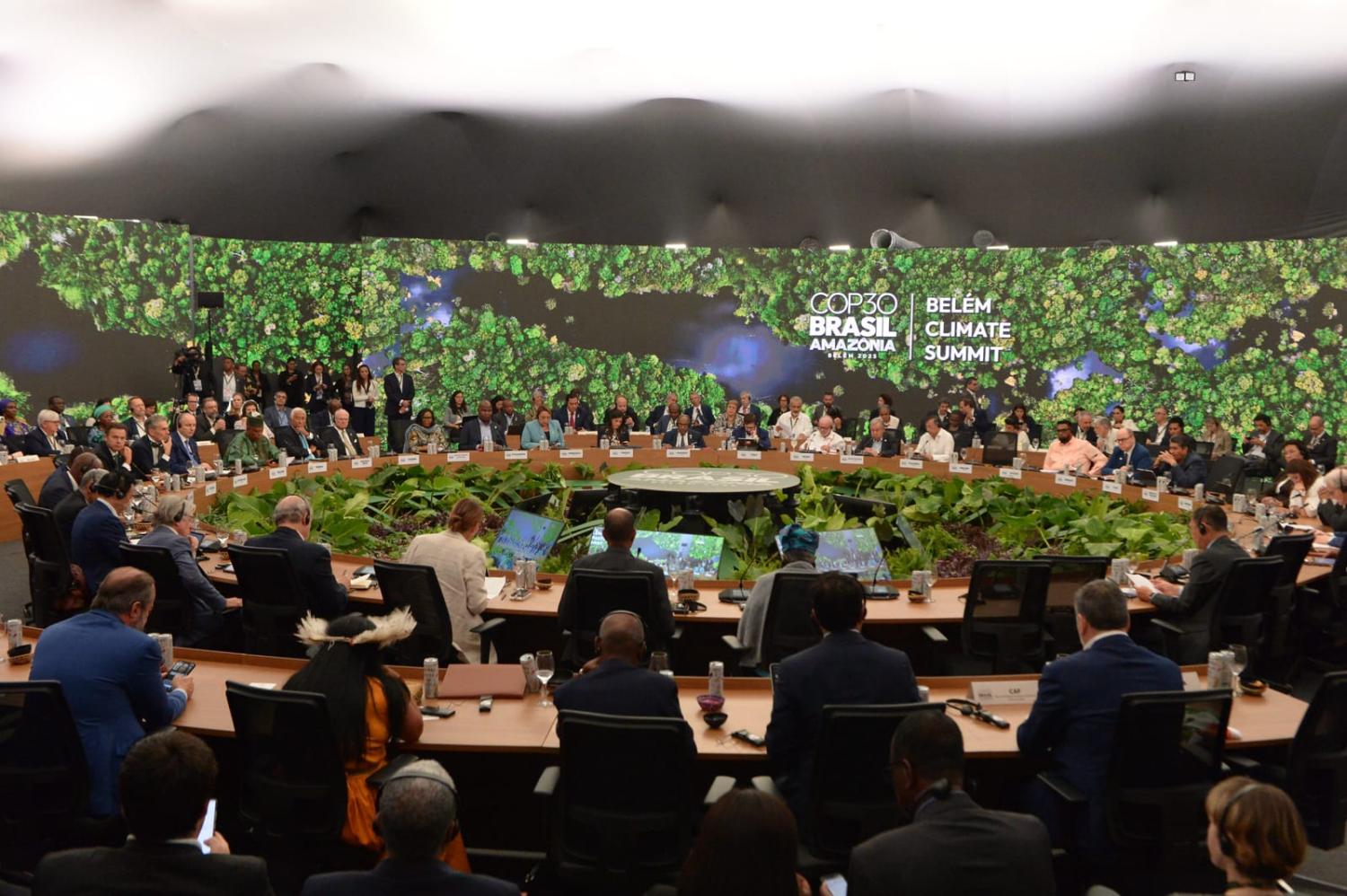Island States Highlight Financial Risks Of Climate
Pacific leaders urge COP30 action as bond spreads and climate finance flows signal economic vulnerability and investment priorities.

Pacific leaders and civil society are sending an urgent, unified economic signal ahead of COP30, emphatically underscoring that the climate finance gap is now the single largest obstacle to sustainable development in the region. The economic stakes are existential for Small Island Developing States (SIDS), whose aggregate GDP growth is projected around a modest 3.5% in 2025.
This moderate headline figure is dangerously misleading, as the Pacific faces economic losses estimated at up to 6.5 years' worth of GDP cumulatively by 2050 under a business-as-usual scenario, a drag that could reach $117 billion across SIDS by mid-century. This is a perpetual debt sentence imposed by external carbon emitters.
The vulnerability is rooted in structural dependence: agriculture and fisheries, critical for local livelihoods and food security, constitute between 20% and 30% of GDP in many island nations, making them fundamentally susceptible to cyclones, sea-level rise, and ocean acidification. Mechanistically, delayed or insufficient adaptation finance directly restricts investment in resilient infrastructure.
This is not just about building seawalls; it includes climate-proofing essential assets like coastal air strips, port facilities, and clean water networks, all vital for trade and tourism. Current international public adaptation finance to SIDS averages just over $2 billion a year, yet the actual annual need, as identified by SIDS themselves in their National Adaptation Plans (NAPs), is approximately $12 billion. The resulting six-fold finance gap ensures that necessary resilience-building remains chronically under-resourced.
The market response reflects this fiscal exposure. Financial signals across small island issuers show persistently elevated sovereign bond premia, such as the 10-year Solomon Islands government bond yield (SIGB10) near 6.9%. This elevated yield reflects the market pricing in heightened sovereign risk tied to unmitigated physical climate risk.
Furthermore, nearly half of all tracked international public adaptation finance to SIDS arrives as debt, not grants. This exacerbates already strained national balance sheets, forcing nations to divert scarce resources to debt servicing rather than essential resilience investment. The issue is compounded by current aid criteria, such as Gross National Income (GNI) per capita, which incorrectly classifies some small, high-cost island economies as middle- or high-income, unfairly blocking access to concessional, grant-based financing.
The embedded economic signal from the Pacific Elders Voice is a demand for a dedicated, simplified, and fast-disbursing Loss and Damage fund, alongside a major increase in grant-based adaptation support. Historically, the lack of predictable finance has not only caused immediate economic damage but has also constrained long-term private sector confidence, elevating the cost of insurance and capital. Multilateral Development Banks (MDBs) must streamline their processes and prioritize allocations based on a multidimensional vulnerability index (MVI) rather than solely on traditional income metrics.
Forward-looking, the trajectory of regional GDP growth, projected at 3.5% over the next two to three years, is entirely conditional on closing the finance gap, with progress measured not by commitments, but by the tangible volume of disbursed funds flowing into climate-resilient port infrastructure and climate-smart agriculture programs. Failure to act now means accepting a future where development gains are perpetually erased by climatic events, transforming sovereign risk into existential risk.





